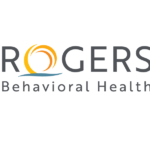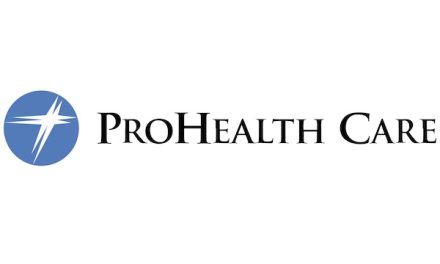
UW: Physician: Human growth-hormone therapy should not be first option for short, healthy kids
MADISON- An American Family Children’s Hospital pediatric endocrinologist urges that human growth-hormone therapy not be recommended as the first option for treatment of most children who have marked short stature but are otherwise healthy.
The New England Journal of Medicine today published an article by Dr. David Allen with recommendations for children with short stature not caused by any underlying health conditions or disorders.
The U.S. Food and Drug Administration in 2003 approved human growth hormone as a treatment for healthy children with short stature and height below the first percentile. “However, studies have increasingly shown that psychological stress is not predictably linked to short stature, human growth-hormone therapy is expensive and the actual effects on height gain for these children are usually modest,” said Allen, professor and head of pediatric endocrinology at the UW School of Medicine and Public Health.
Allen said human growth hormone is administered daily and has been estimated to cost $35,000 to $50,000 for each inch of height gained.
“In addition to costs, we still lack the necessary long-term follow-up evidence needed to exclude possible future adverse effects that might occur years after completing therapy,” said Allen.
Allen said differing goals of parents and physicians, which range from short-term growth acceleration to statistically-normal adult height to maximal attainable height, also muddy the waters for the appropriate approach to short children without any underlying health conditions.
“The best first option for most children who are below the first percentile for height and have been shown to be otherwise healthy is reassurance and monitoring of their growth,” said Allen.
“For children who are close to ages of average puberty, if intervention is required because of psychological distress, counseling and treatment with a relatively low-cost, very-low-dose androgen could be considered.”
Allen said if human growth-hormone therapy is chosen, a reasonable treatment goal would be a height between the fifth and tenth percentile in the adult normal range rather than a maximum attainable height. He also recommends that parents and doctors contemplating such treatment consider the costs of therapy, the limited evidence for long-term psychosocial benefit, and the potential risks of prolonged or high-dose treatment.
-30-





